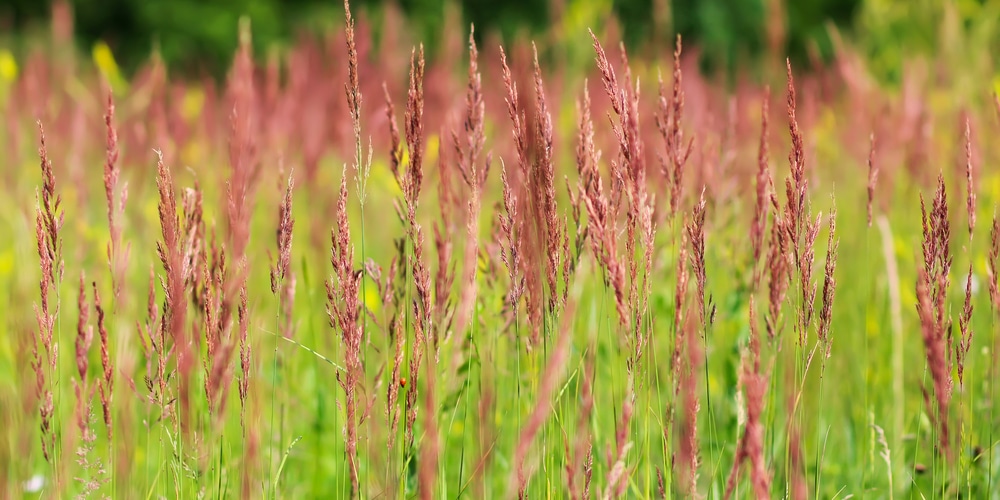
When to Plant Creeping Red Fescue [And How to Make Sure it Thrives]
Creeping Red Fecue. This is one of several fine fescues used in shade and low-maintenence grass seed mixes. It has long been mixed with bluegrass to create more shade-tolerant and drought-tolerant seed mixes. Creeping red fescue dominates shade areas while bluegrass populates sun areas. This fescue is often used in no-mow mixes.

Creeping Red Fescue Hendricks Feed & Seed Co., Inc
How to Make a Lawn Mower Go 30 MPH or Faster. If price matters in your choice-making, creeping red is slightly more expensive than tall fescue. A pound of creeping red fescue can sell for around $3-$8, while tall fescue is between $3-$7. Both grass types cost higher if you want to buy sod, plugs, or cuttings.
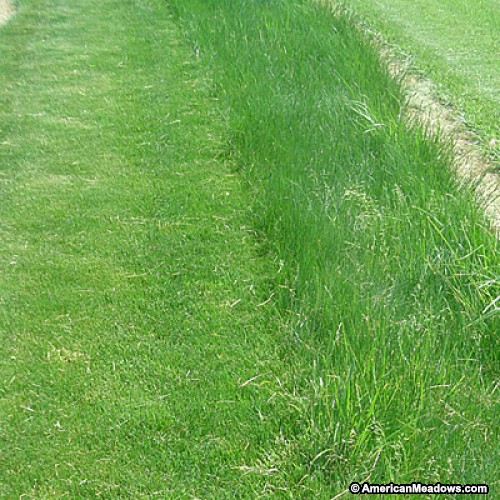
Common Creeping Red Fescue Grass Seed
Creeping red fescue is a member of the grass family (Poaceae) native to the Northern Hemisphere.It is found all over the world in meadows, dunes, and open woodlands and is tolerant of many climates. The genus name, Festuca, is Latin for "stem or stalk." The species epithet, rubra, is Latin for "red."
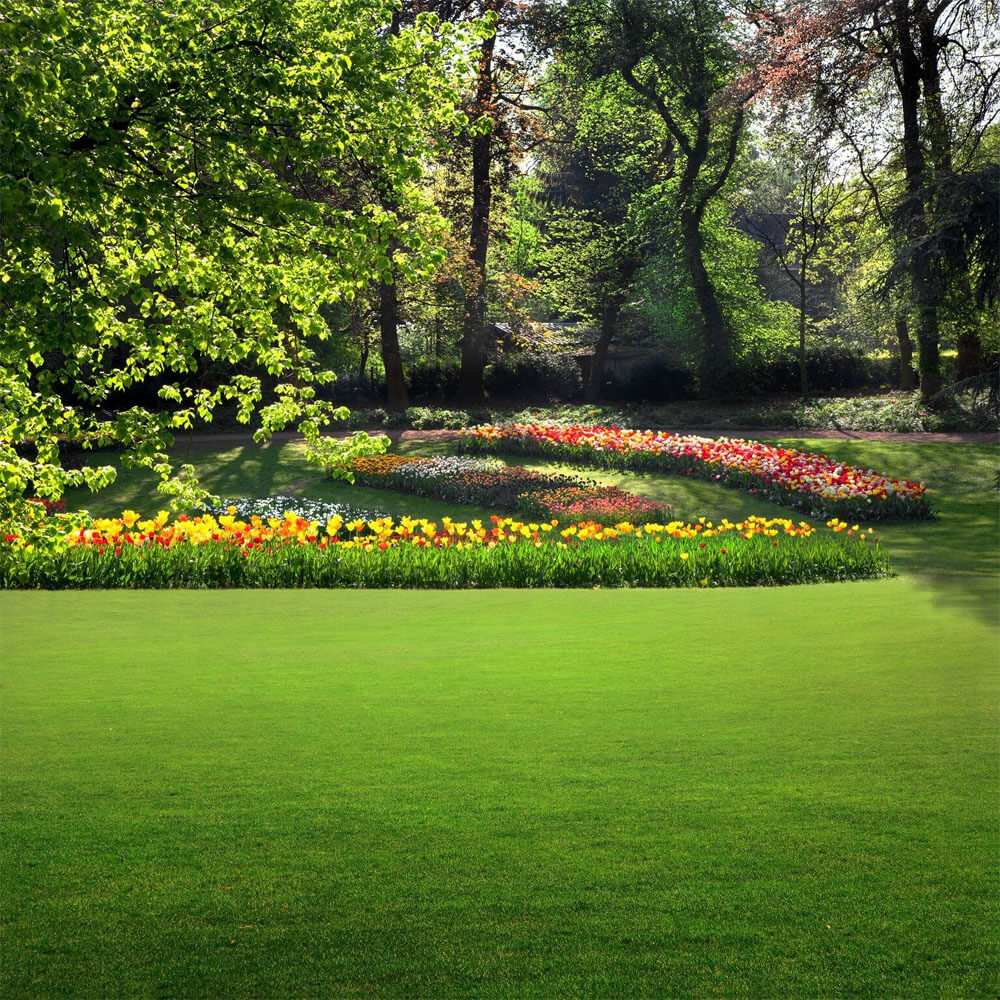
Creeping Red Fescue Grass Seed For Shade
One of the most intriguing options is boreal creeping red fescue - a lesser-known grass that is slowly becoming more popular due to its hardiness and ability to thrive in various conditions. In this blog post, we'll explore the benefits of red fescue and show you why it might be the perfect grass for your yard. Let's get started! Table of Contents

Everything You Need to Know About Creeping Red Fescue Grass
Creeping red fescue grass ( Festuca rubra) is a perennial lawn grass in USDA planting zones 1-7 and an annual grass in zones 8-10. Native to Europe, this cool season grass needs moist soil until it is established. However, once it is established, it has a very deep root system and is very resistant to wear and drought.
:max_bytes(150000):strip_icc()/blades-of-grass--red-fescue-or-creeping-red-fescue-grass--festuca-rubra---freiamt--black-forest--baden-wuerttemberg--germany-1063624618-5c538db046e0fb000152e31c.jpg)
Tall Fescue Grass Care and Growing Guide
N/A Life Form: N/A Product Specifications: Seeding Rate: 4 lbs. / 1000 ft² Scientific Name: Festuca rubra Traditional lawns require a lot of upkeep to maintain that beautiful dark green color.
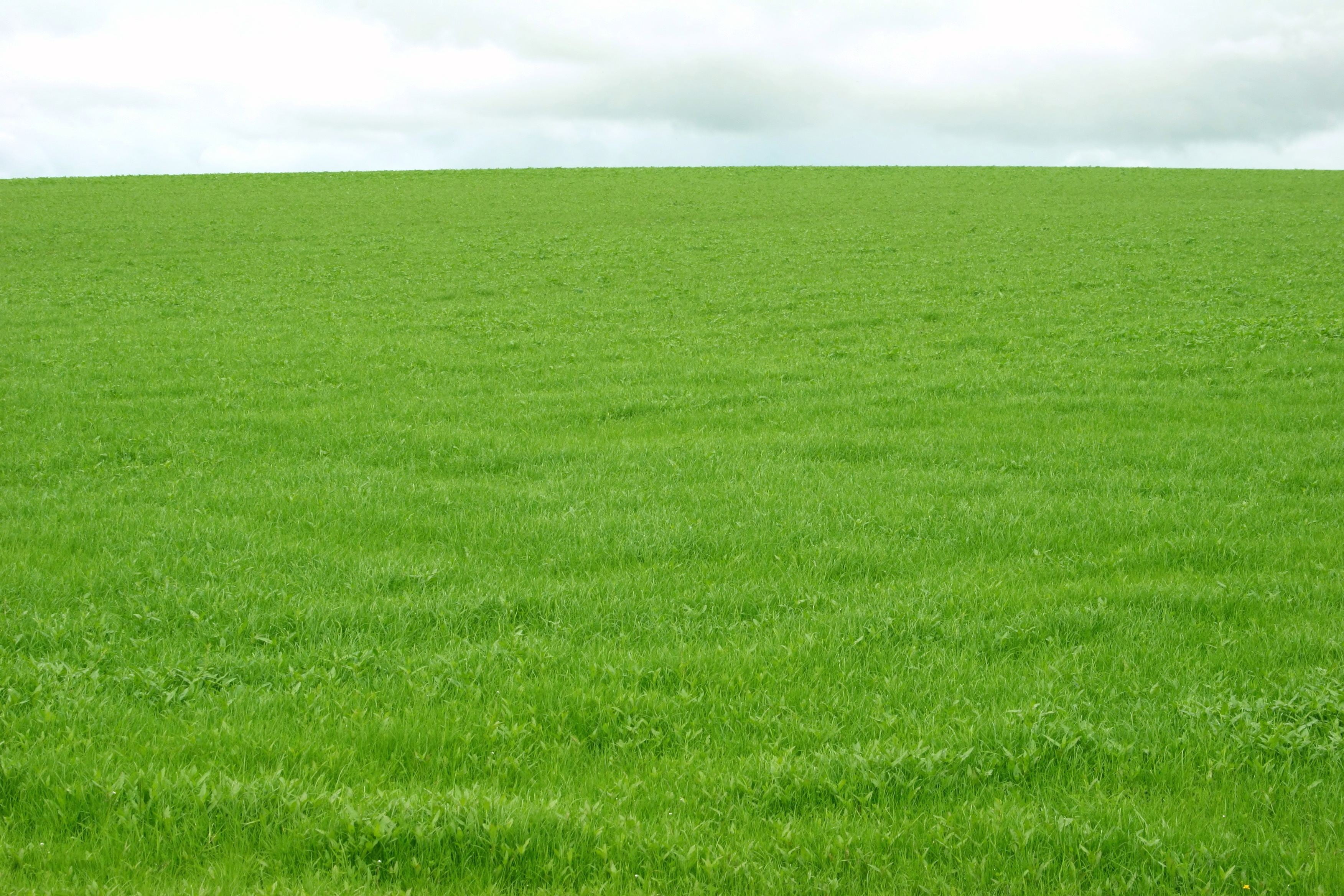
Creeping Red Fescue Fully Tested, Green Grass, Quick Germination
An Elegant Front Garden. Popular as mown turfgrass, Festuca rubra (Red Fescue) is a cool-season grass forming tufts of arching, narrow, dark green blades. One of the most shade tolerant lawn grasses, it tolerates many habitats, and climates and is not fussy about soils. It makes a lovely lush green grass for shady spots where most turfgrasses.
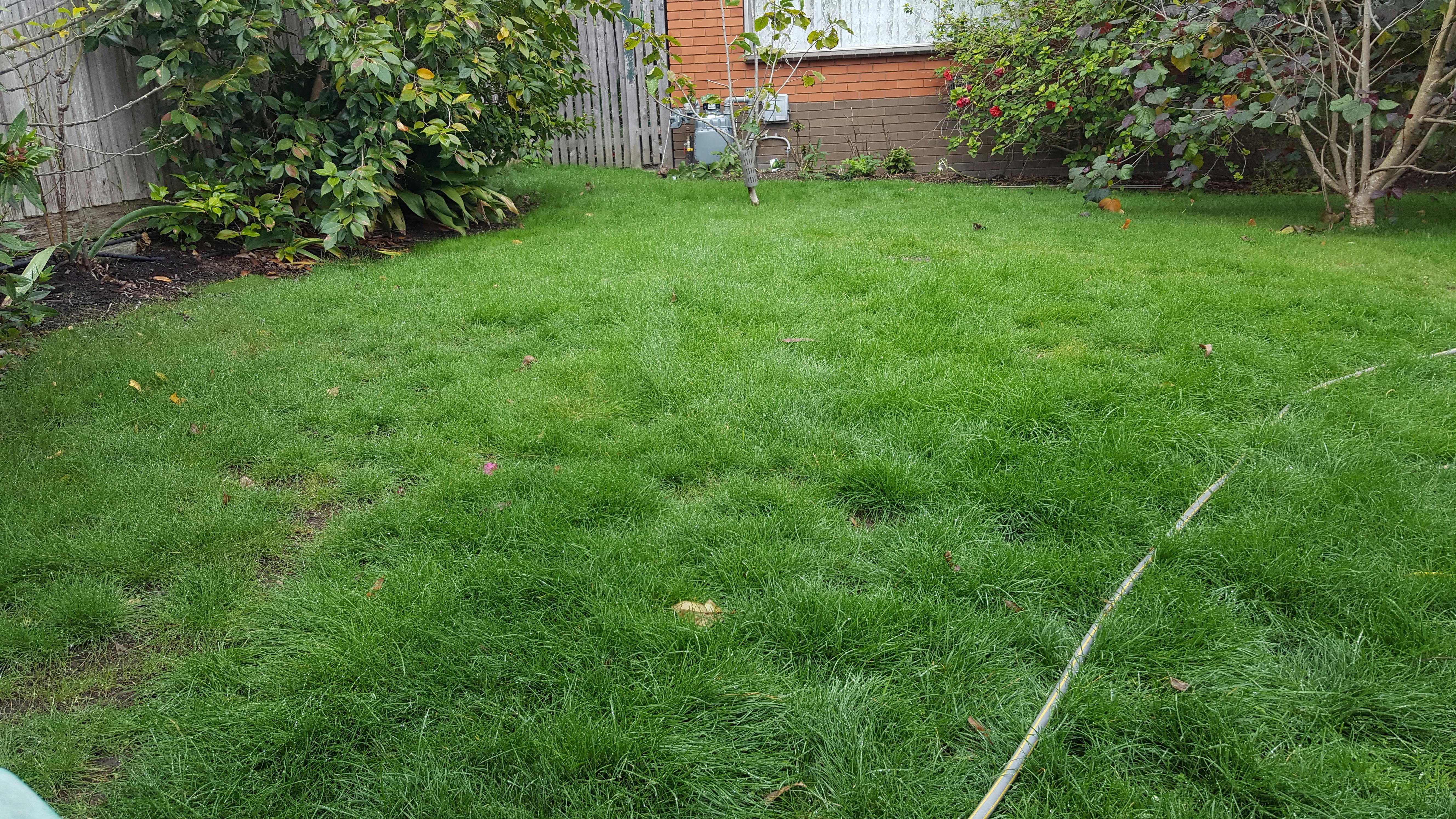
Creeping Red Fescue McKays Grass Seeds
In the fall, till under summer crop wastes. Remove tomato vines and corn stalks to make tilling easier. Plant a combination cover crop such as rye and hairy vetch. Use 2 pounds of winter rye grain and 0.75 pounds of hairy vetch seed (coated with a Rhizobium innouculant) per 1000 square feet.
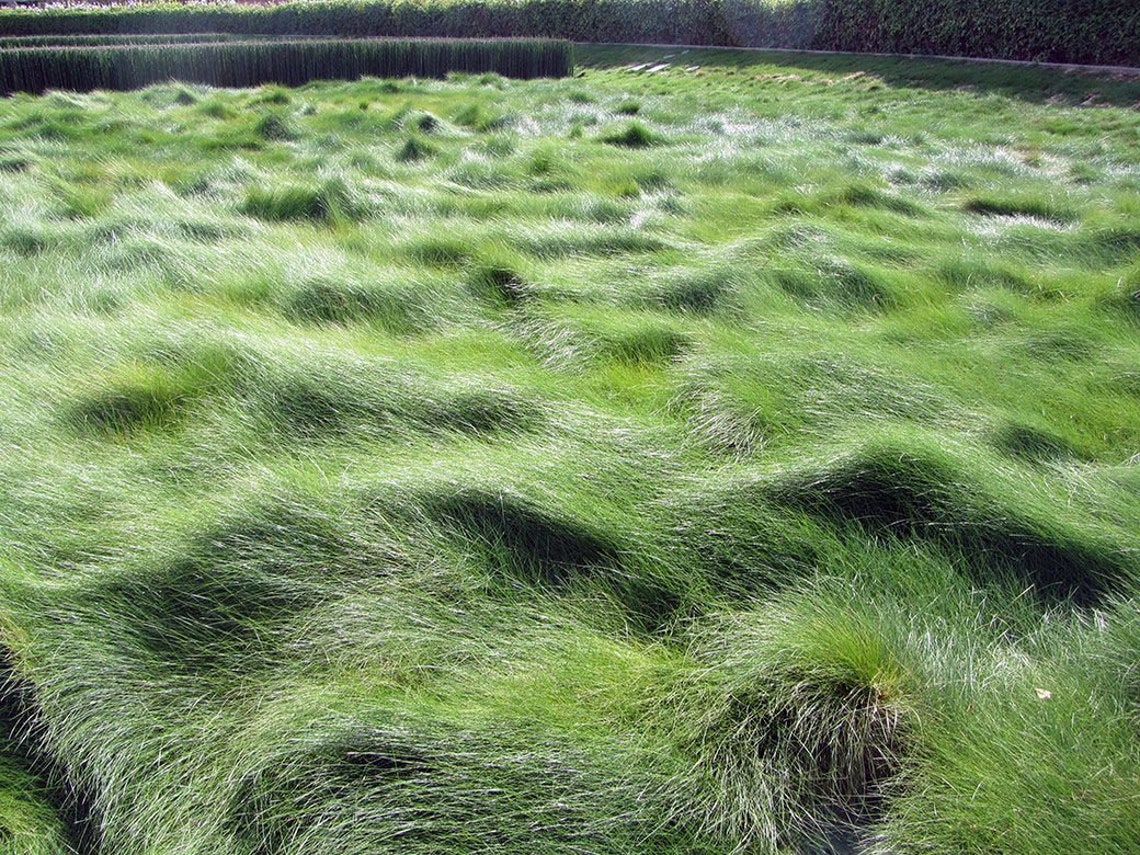
Festuca Rubra Creeping Red Fescue Grass California Native Etsy Canada
As a drought and shade tolerant grass, the creeping red fescue blends well with Kentucky bluegrass and is more suited to cool and cold climates. You can grow Kentucky bluegrass in the sunny parts of your lawn and red fescue grass in the shade parts to create an immaculate lawn. Uses of Creeping Red Fescue Grass

Slender Creeping Red Fescue Grass Seed Festuca Rubra Litoralis
Quick facts Strong creeping red fescue, slender creeping red fescue, Chewings fescue, hard fescue and sheep fescue are often grouped together and are called fine fescues. Fine fescues need very little irrigation in Minnesota. Mow fine fescues at 2.5 to 4 inches. Mow more often during cool, wet weather. Mow less often during hot or dry weather.
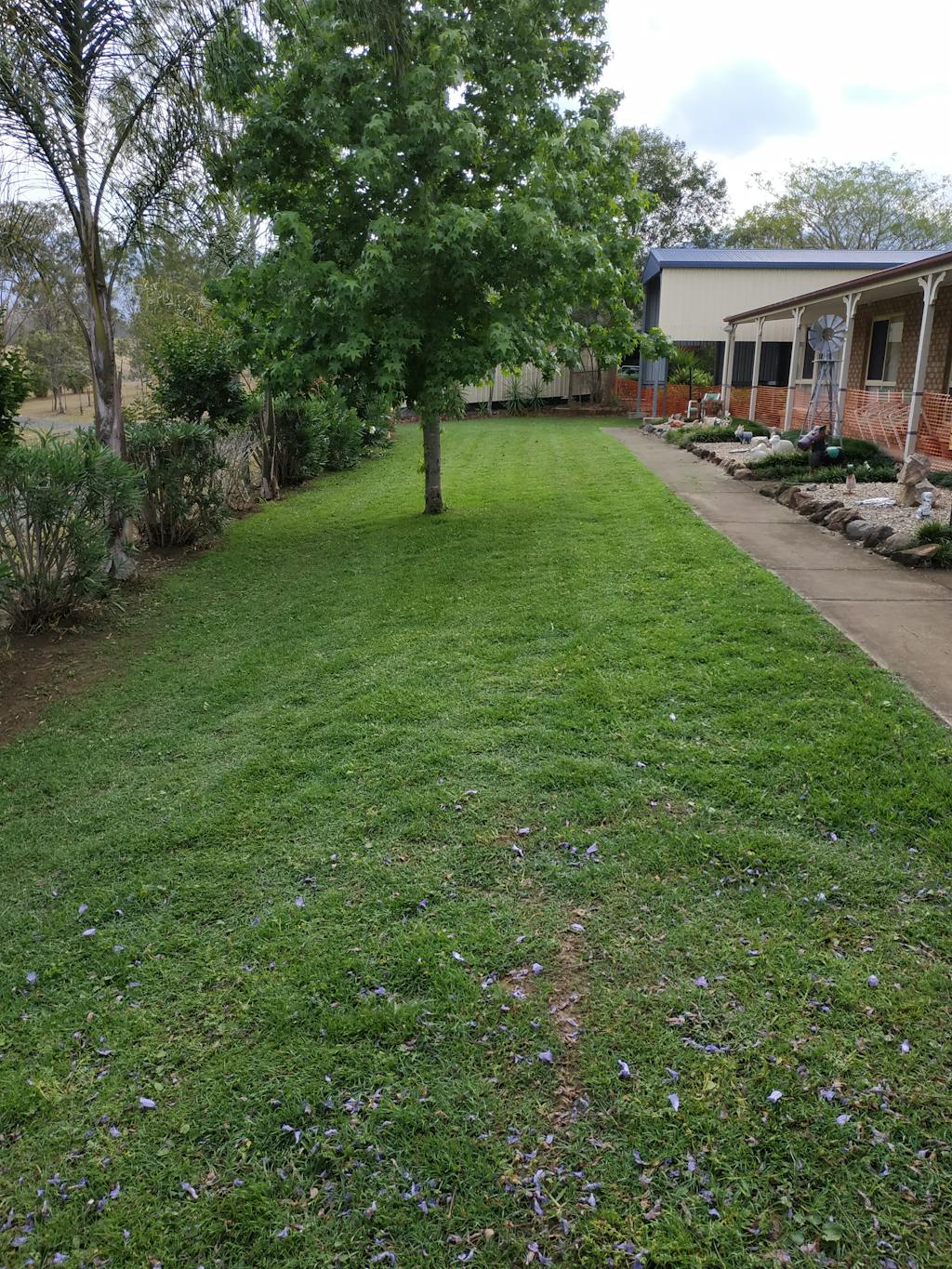
Creeping Red Fescue McKays Grass Seeds
Grass (Festuca rubra (rubra)) Often known as Strong Red Fescue, this common grass, as its name implies, has creeping rhizomes . It has a more vigorous creeping habit than some similar species which can help to create a dense, hardwearing turf or sward. These shallow creeping roots help it to remain green even in drier soils. Uses

Creeping Red Fescue McKays Grass Seeds
The creeping red fescue grass (Festuca rubra) is a temperate-season grass, native to Europe but also grown in transition zones of Canada and United States. It is well-known for drought tolerance aswell as for shade tolerance to different environmental zones. It has the great potential to remain green throughout the year.

creeping red fescue Fescue, Low Water, Mower, Counter, Seeds
The creeping describes how this grass spreads along the ground shooting up new stalks, whenever it roots at a node. This creeping habit combined with rapid sprouting makes it an ideal turf to fill in a lawn faster than most other options. Drought, Heat, and Cold Tolerant Red Fescue is a very climate-hardy turf.

Creeping Red Fescue Pros and Cons What You Need To Know Evergreen Seeds
Festuca rubra, as red fescue or creeping red fescue, is cultivated as an ornamental plant for use as a turfgrass and groundcover. It can be left completely unmowed, or occasionally trimmed for a lush meadow -like look. There are many subspecies, and many cultivars have been bred for the horticulture trade. The ligule is very short and blunt.

10 Kenicott Creeping Red Fescue for Complete Shady Areas. Proprietary
Fescue grass is a species consisting of multiple seed varieties, including tall fescue, creeping red fescue, hard fescue, chewings fescue, and sheep fescue. Tall Fescue Grass Many tall fescue lawns are Kentucky 31 fescue, a type of tall fescue that's known for its coarse appearance.

Creeping Red Fescue McKays Grass Seeds
Creeping Red Fescue is a cool-season grass that exhibits a bunch-type growth habit. This means that it forms distinct clumps or tufts rather than spreading through stolons or rhizomes like some other grass species. The clumps gradually expand over time, creating a dense and uniform turf.
